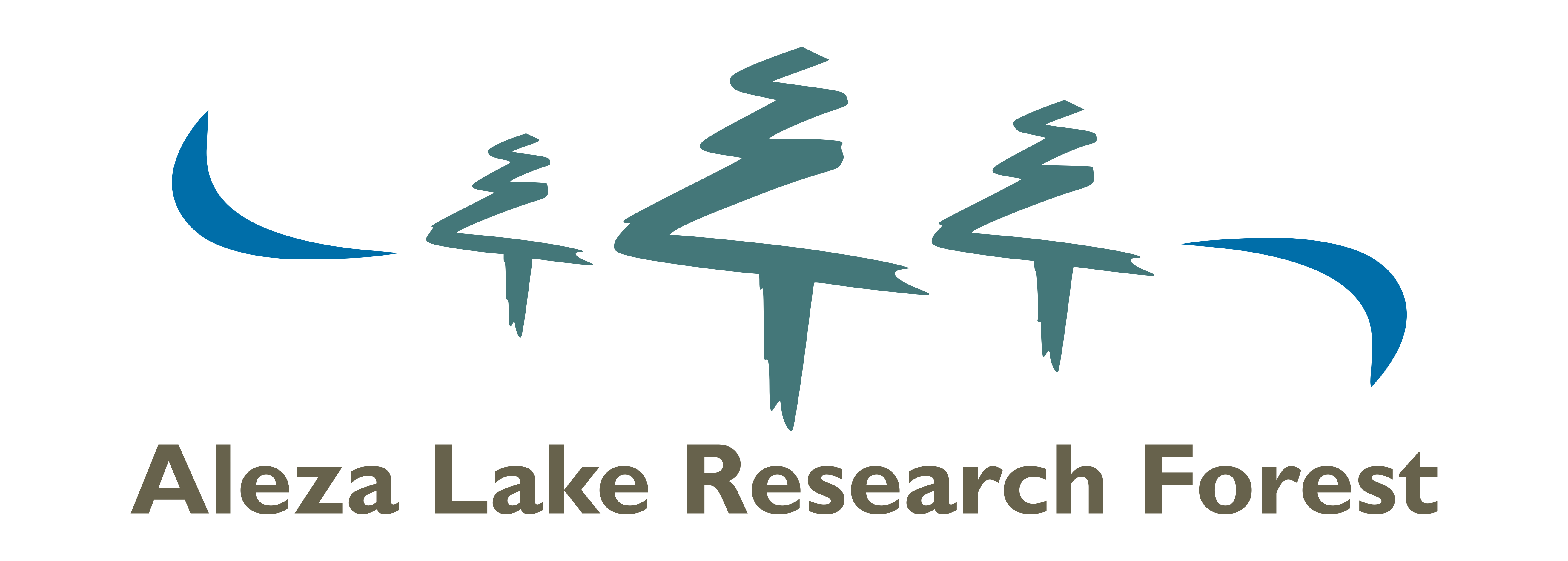
A little known fact – Northern BC has carnivorous plants! Sundews attract, capture, and then digest their victims … ok their victims are small insects and not large mammals so we have nothing to fear from them. I never knew about them until a curious student from UNBC went looking. From James Jones, here is an introduction to his work
My research at the Aleza Lake Research Forest consists of two-fold approaches to examining the ecology of Sundews native to British Columbia, Canada (Drosera rotundifolia L. and Drosera anglica Huds.). One part characterizes the plant associates and habitat preferences of both Sundew species in a Sphagnum-dominated bog at the ALRF to identify factors influencing their abundance and distribution. The other is lab-based, and involves extracting the DNA of collected D. rotundifolia samples, and performing an Amplified Fragment Length Polymorphism (AFLP) analysis. To conduct an AFLP analysis, genomic DNA is digested with a pair of restriction enzymes (typically EcoRI and MseI), and the fragments ligated to PCR primers based on the produced restriction sites. These are then amplified through PCR, and the banding patterns between individuals compared to identify relatedness. The information produced through this study will broaden our understanding of the ecology of these unique plants, and add another step towards solving the riddle of plant carnivory.
James’ research is supervised by Dr. Hugues Massicotte and Dr. Art Fredeen
